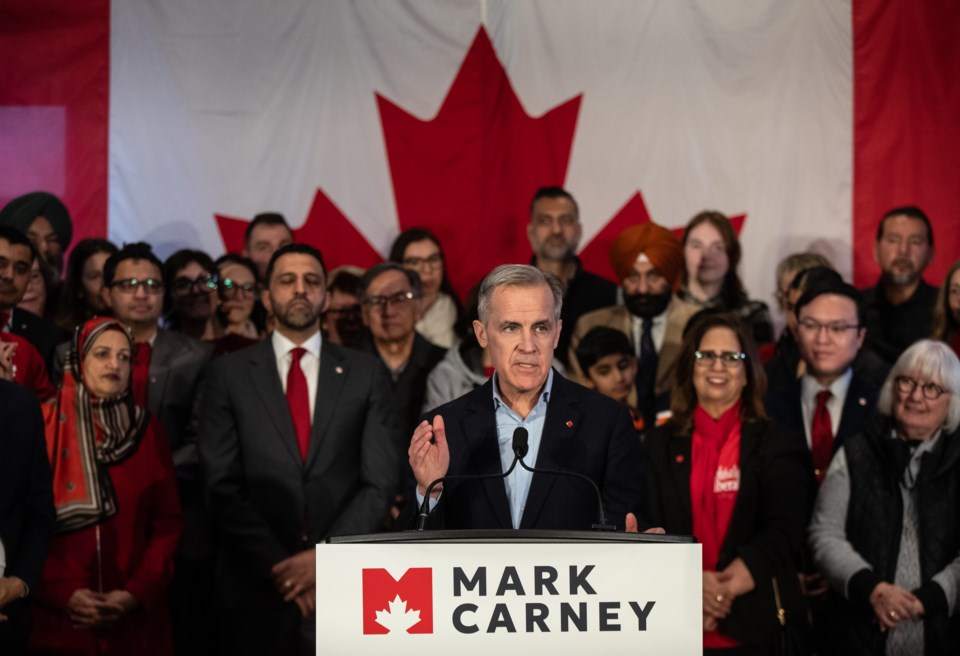A week or so (as the saying almost goes) is a long time in politics, and the days since U.S. president Donald Trump's inauguration seem to have packed in an improbable number of twists and turns.
A threatened takeover of Greenland was perhaps on nobody's bingo card, and trolling Canada about becoming the 51st state and confusing and contradictory threats about tariffs seem to be having an effect on this country's politics and sense of priorities.
Reader polls about federal voting intentions held between the end of December and mid-late January, and another in the last week of January, show shifts benefiting the federal Liberals at the expense of mainly the NDP and Greens, but also to a lesser extent the Conservatives.
Comparing movement within the two polls, it seems that 27 per cent of Green support of a few weeks ago and 30 per cent of NDP support has shifted, at least for now, to the Liberals. Four per cent of Conservative support has also headed to the Liberals, less dramatic but worth noting.
It's hard not to make a connection to Justin Trudeau's resignation and Trump's comments about Canada.
Cross-referenced with provincial voting intentions, we see a real but fairly loose connection. Only 56 per cent of provincial NDP voters, for example, say they plan to vote for the federal party.
Men continue to be more likely to vote Conservative, and women more likely to vote Liberal or NDP:
The higher the income brackets are, the more likely a reader is to vote Conservative, and the reverse is true of the NDP. Liberals maintain more consistent support across income brackets:
And dog people are more likely to vote Conservative, while cat people are more likely to vote Liberal or NDP:
